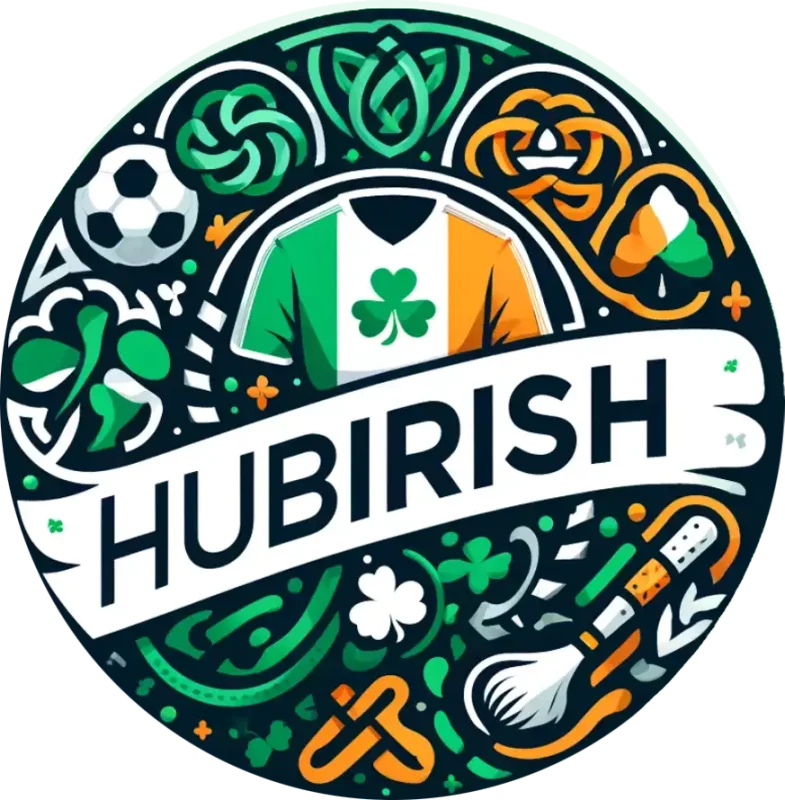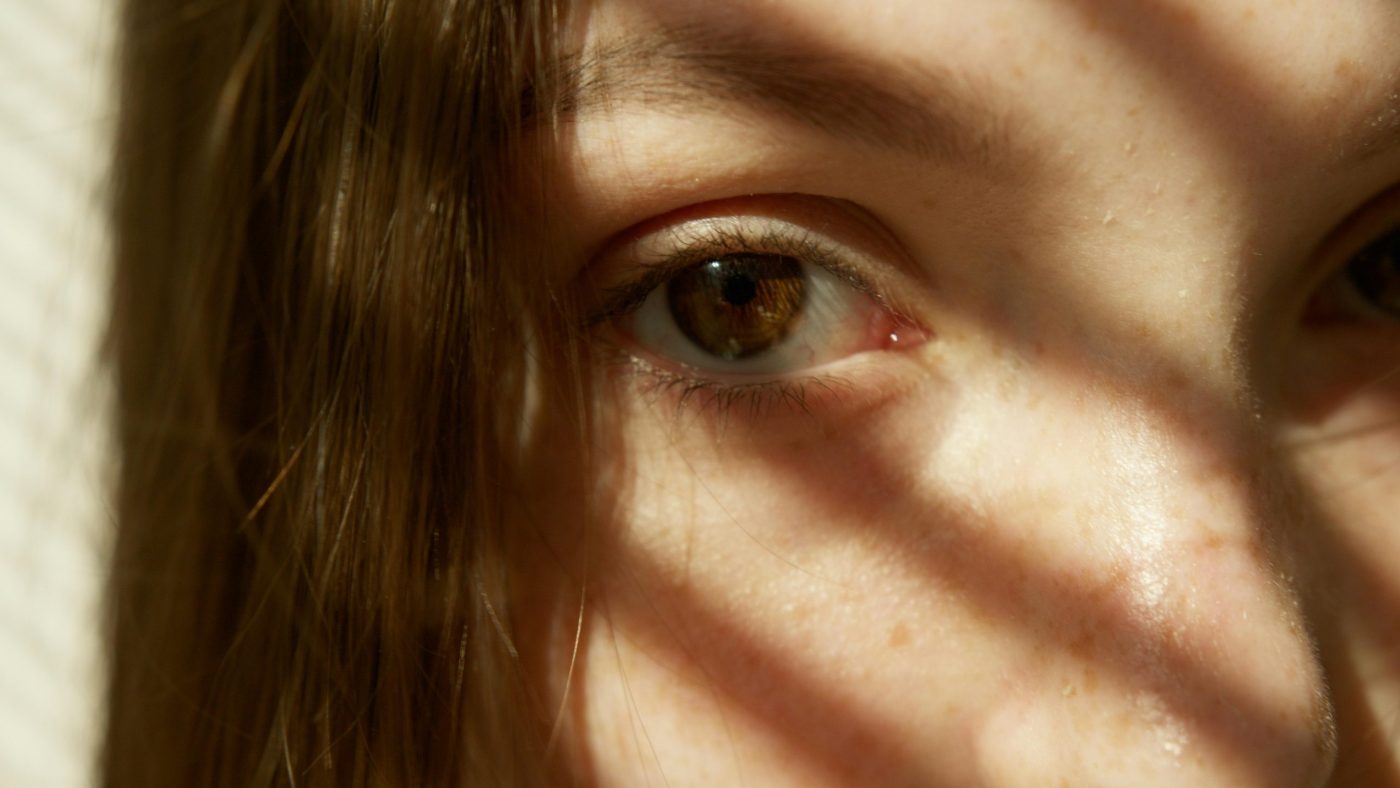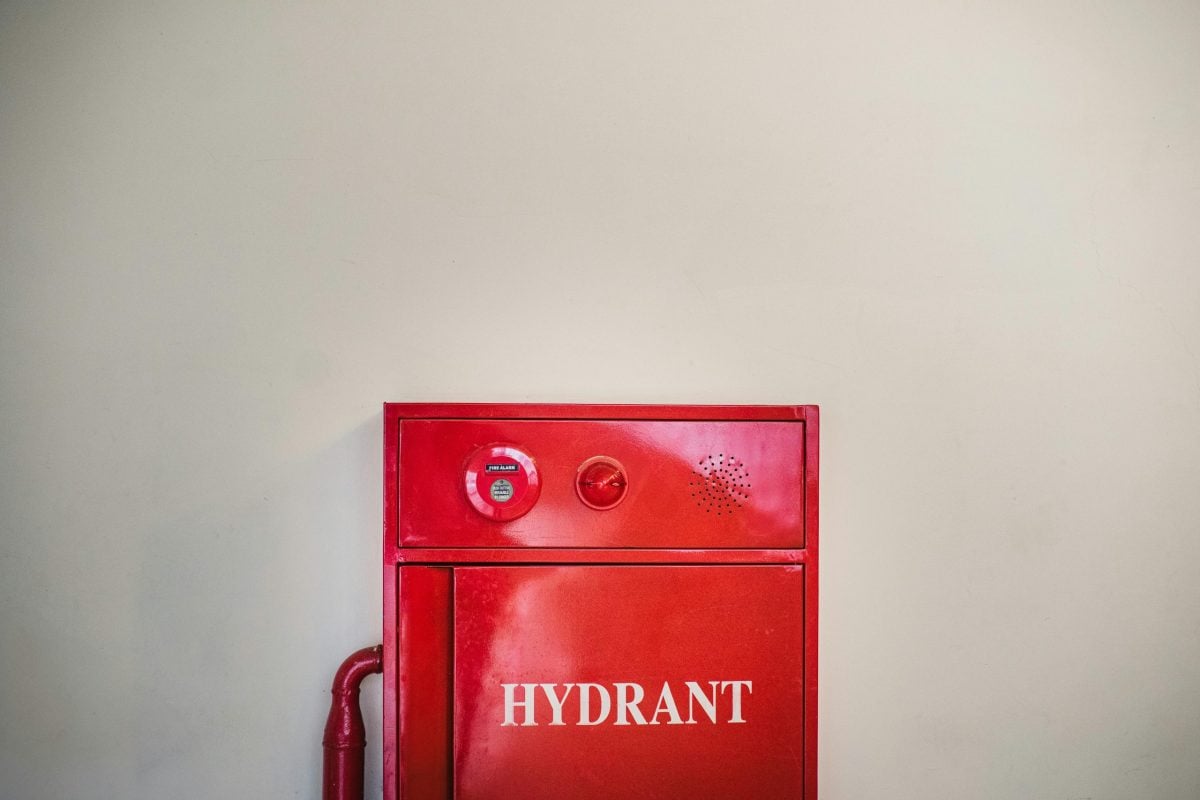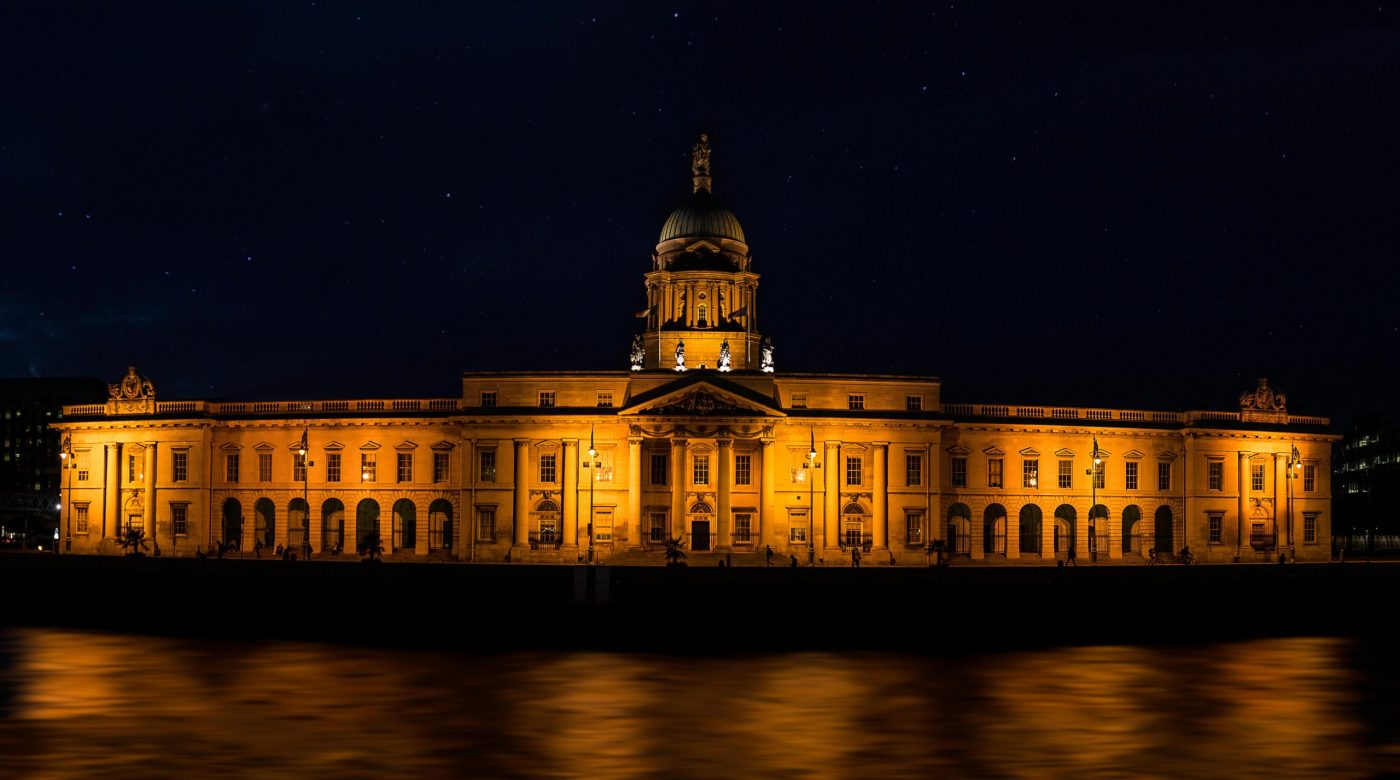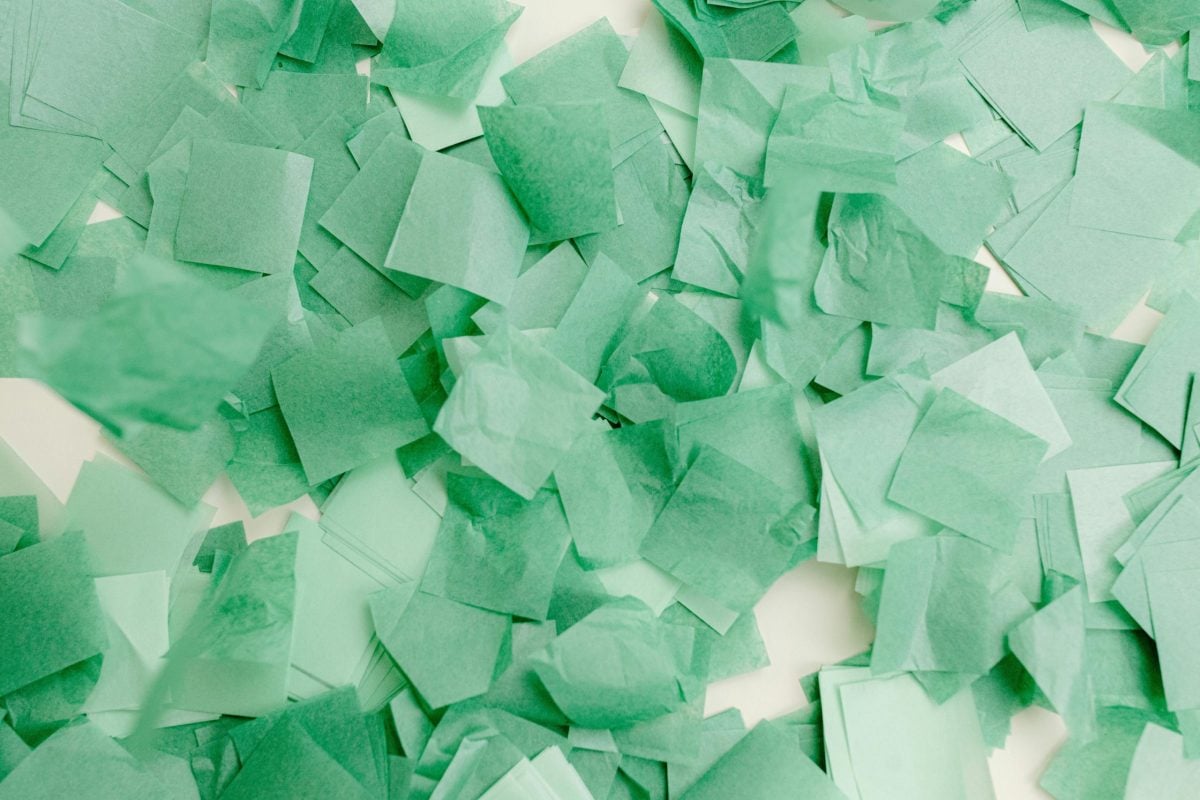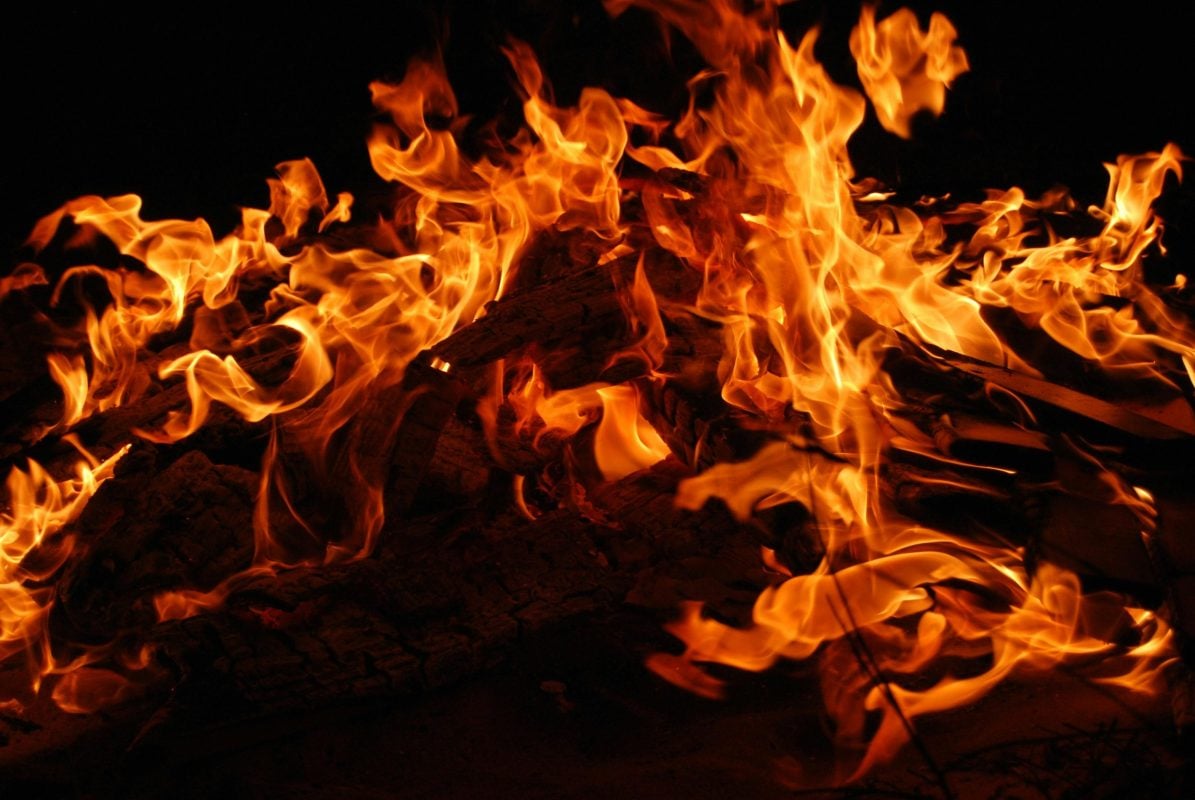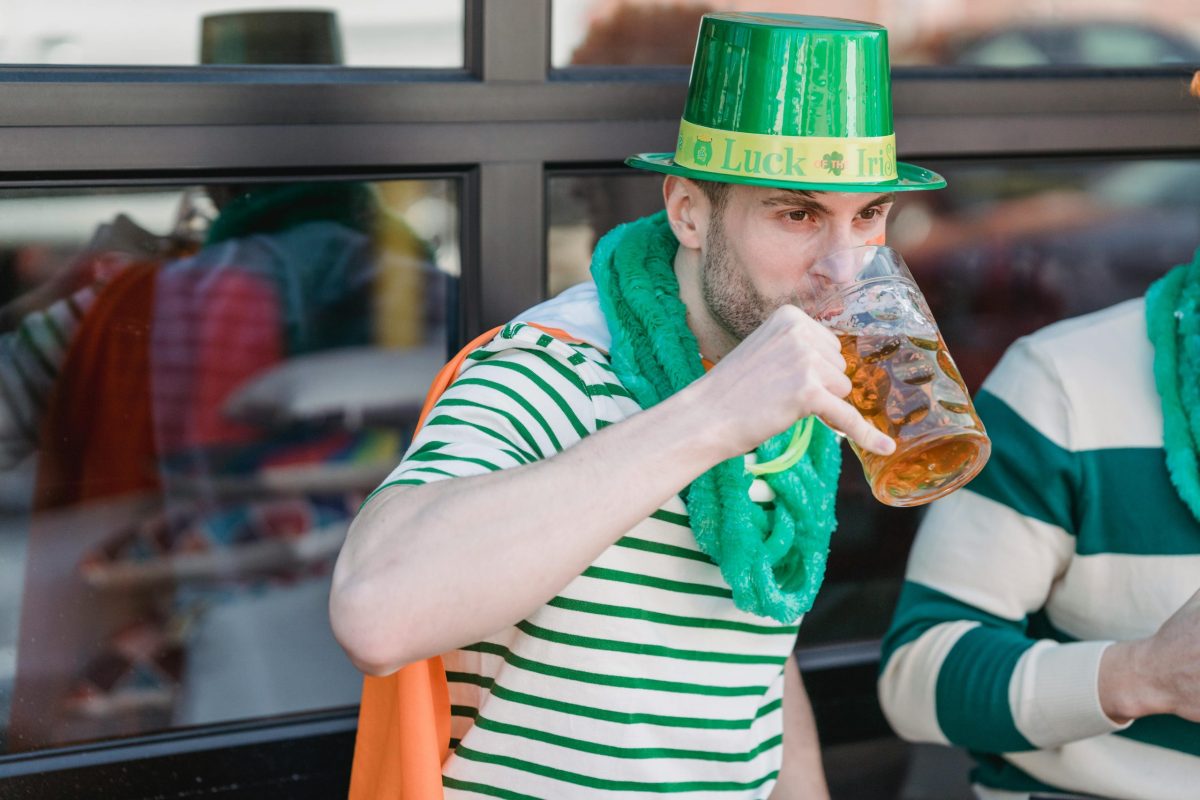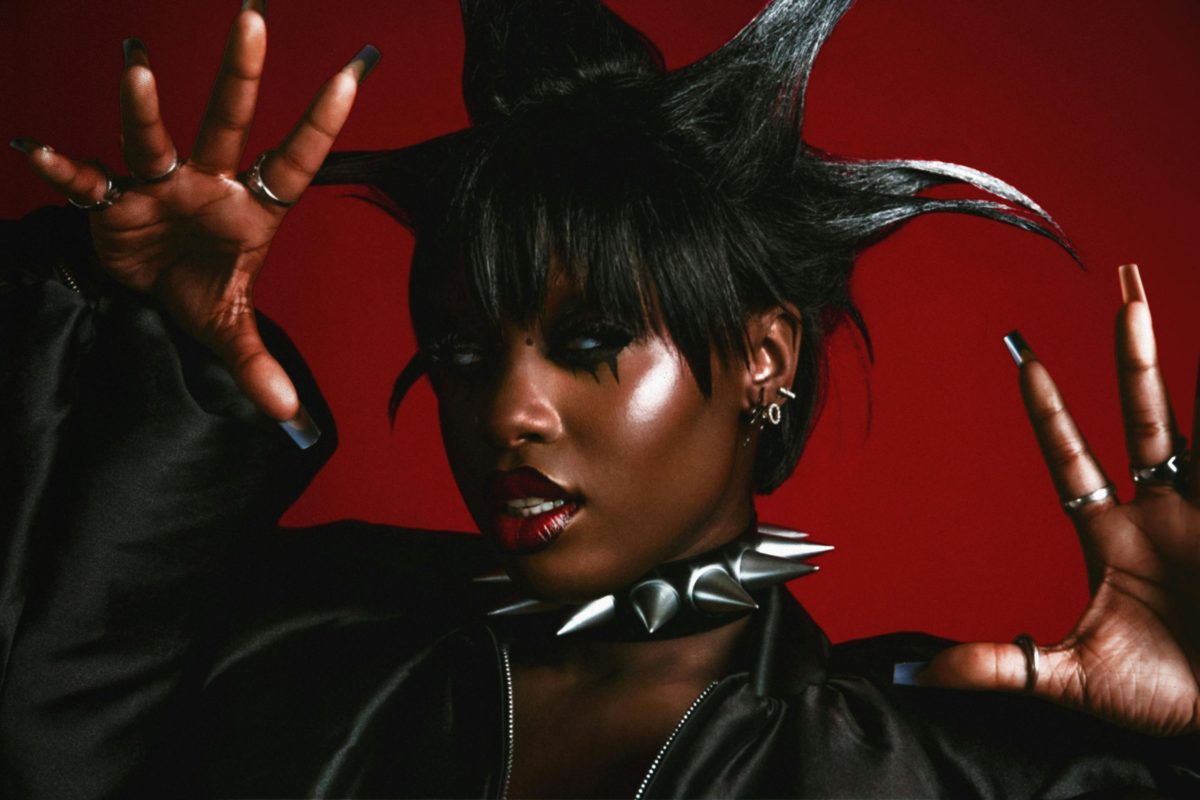🇮🇪 When the Shamrocks Bloomed in Brooklyn: How Irish Diaspora Redefined Home Away From Home
Estimated reading time: 5 minutes
Key Takeaways
- The Irish diaspora thrives through shared culture and community in Brooklyn.
- Irish-American pride is celebrated through events like the All-Ireland finals.
- Connections among the diaspora are strengthened through heritage and shared stories.
Table of Contents
Introduction
The Heart of the Story
The Wider Echo
The Now & The Next
Did You Know?
FAQs
Final Word
Introduction
Ah, Brooklyn — the land where the shamrocks bloom in concrete cracks, where Irish eyes rejoice under the colored lights of pubs overflowing with laughter, stories, and the bittersweet scent of nostalgia. For generations, our kin stepped off ships, through tightly-knit communities, bringing worn-out dreams in their battered suitcases, making fire in the belly of that bustling beast known as New York. They forged new identities, molded by the fiery spirit of their ancestors, lighting up the Big Apple with the flicker of old homesteads nestled in the hills of Galway.
The Heart of the Story
There’s a flicker in the air, particularly during that heady spell of the All-Ireland finals. Picture this: a smoky pub in Bushwick, jersey-clad fans huddled under twinkling lights, eyes glued to screens showing teams from home, adorned in the colorful jerseys of their beloved counties. The room erupts, feverish and chaotic, as the score whistles through the air like a banshee’s wail. It’s a rebellion against distance, an invocation of home, as folks from Tipperary to Tyrone share pints, tales of yesteryear, and the aching pride that comes with the greens, whites, and oranges of our flags.
The Wider Echo
This camaraderie isn’t born from family blood alone; it’s a realization that despite miles of separation, their hearts beat to the same drums. Look at the parade of faces along the streets, where Irish-American pride wraps around like an old grandmother’s shawl. The connections forged among the diaspora, dusted in shared folklore and simmered with solidarity, echo their histories. It’s a reminder that we left, but we didn’t forget. A report by the Irish Central Statistics Office tells of over 60 million around the world claiming Irish descent, knitting a vast tapestry of identity, loyalty, and belonging that transcends borders.
The Now & The Next
And today? Today, we are arming ourselves — not with weapons, but with our voices, for the battles are against erasure and injustice. The politics swirl like a tempest in a teacup as Irish pubs become forums for change, where discussions around immigrant rights swell with passionate tempers. Young lads and lasses don their GAA jerseys with pride, strutting towards functions in far-off Brooklyn neighborhoods, reliving the magic of Croke Park, feeling our ancestors’ spirits seep through the seams of each green shirt, each melody shouted across bar tops, each gale of laughter that marks our cheerful, chaotic heritage as the winds of modernity swirl around us.
Did You Know?
- In 2019, it was estimated that Irish Americans alone contributed over $3 billion in tourism to Ireland, reviving the bond across the ocean.
- One in four people in Dublin reported having a relative who left for the United States, weaving a connection of heritage that binds us all.
FAQs
What does it mean to be part of the Irish diaspora?
It’s not just about being Irish; it’s about carrying the history, the heartbreak, and the bliss of a people into a new culture, often wearing it on their sleeves like a proud badge of honor. Explore more about this at GAA jerseys from home.
Can Irish cultural events in the diaspora reflect heritage?
Absolutely! Events like St. Patrick’s Day parades and traditional music sessions bridge the gap, reminding us that no matter where we roam, the essence of home is always alive and kicking in our hearts.
Final Word
So here’s to you — to the lush green fields of our heritage blooming in the bustling streets of Brooklyn, to the stories exchanged over pints, and to the unbreakable bond we share with home, no matter where we find ourselves. If you carry the same pride we do, you’ll find a piece of home waiting at
HubIrish.com.
